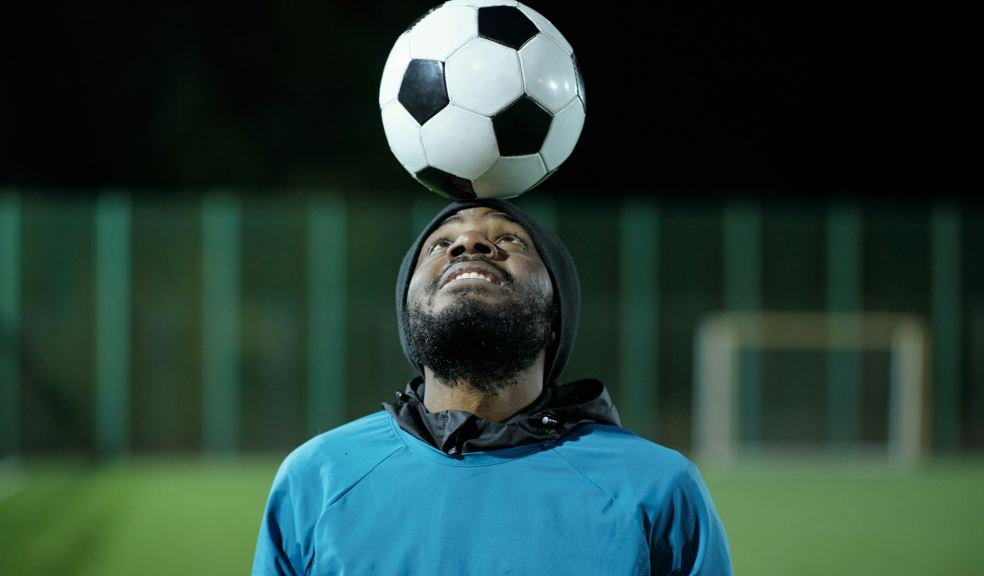
Professional Sports: Is It as Easy as It Looks?
Sports have been an integral part of human life for a very long time. Speaking about sport, we mean not only good well-being, but also entertainment, and a good business. Professional athletes do not cease to delight the audience because they are in great physical shape, are engaged in their favorite activity, and earn very well. However, is everything so simple and cloudless? In this article, we will talk about the nuances of professional sports, compare them with amateur sports, and trace the connection between modern technology and professional sports.
Brief History of Professional Sports
Professional sports are directly related to the Olympic Games of Ancient Greece. What is more, in the 4th century B.C., professional athletes were already participating in the Olympic Games.
Since that time, sports as a professional activity have evolved and today include many types. The most common ones are football, basketball, hockey, boxing, tennis, horse racing, cycling, motor racing, and others.
Athletes who exercise professionally get many benefits. For example, regular training improves the cardiovascular system, helps fight against excess weight, and strengthens muscles and bones. Playing professional sports improves quickness and dexterity, and brain function; it also prevents hernia, osteoarthritis, and osteoporosis.
Professional vs. Amateur Sports
Professional sports are organized sporting events where athletes are paid to participate. It may seem to be the only thing that distinguishes professional sports from amateur sports. But we will look at this issue in more detail and discover many more differences.
One of the most noticeable differences is the level of training. It is obvious that professional athletes are much better prepared and, as a rule, they master many complex techniques. This is because professionals seldom skip training, while amateurs can do it easily and for no valid reason.
In addition, the professional athlete’s level of responsibility is much higher than that of an amateur, because they are not just doing this or that sport for fun; they are responsible for their results to the country, city, or sports club for which they perform.
The availability of free time is another important distinction. Those who have connected their lives with professional sports devote almost all their time to hard training and can hardly ever afford to relax. Amateur athletes do sports only when they have time and desire to do so. What is more, they can quit at any time. As for professional athletes, it is much more complicated. Often, they leave sports either because of their age or because of an injury that is incompatible with sports.
Sports Betting: What You Need to Know
Sport is attracting more and more attention from viewers, especially in recent times, when our lives have become very stressful and we want to relax. Due to the constant relevance of sporting events, sports betting is also constantly expanding and attracting a huge audience. Large bookmakers, such as Matchbook, offer a lot of bonuses, a wide range of sports, and pay out winning lightning fast: in just 1-3 working days!
Sports betting has never been as convenient and easy as it is today, in the world of modern technology. To place a bet, you only need an internet connection and your desire. All reliable bookmakers allow you to do it online, regardless of your location and time. And some have even developed their online applications to make the whole process as convenient as possible for users.
If you want to try your hand at sports betting, first of all, you need to learn the basic types of bets: single, express, and systems. It is also important to take into account the rules of the bookmaker with which you cooperate, especially the maximum and minimum bets and possible restrictions. Another important aspect is the study of the teams, because you need to understand the statistics and take into account external factors in the world of sports that can affect the results.
What Are the Dangers of Professional Sports?
Despite the huge benefits of professional sports for the body, that is good shape, sound health, and a decent salary, this occupation is quite dangerous, and the level of danger depends on the sport. Below, we will analyze the most popular risks that professional sport poses to athletes.
Injuries
Intense training and a lot of physical activity increase the risk of injury. Sports such as boxing or skiing are particularly prone to injury. Common traumas include sprains, fractures, and joint injuries.
Physical Exhaustion
As we mentioned above, professional athletes hardly ever miss a training session. If there is too much physical exertion, it has a bad effect on overall well-being and can lead to several diseases. The striking example is the “sports heart” syndrome.
Psychological Pressure
Professional athletes often suffer because they are constantly expected to perform excellently. This creates a constant emotional strain, which affects the psychological state. The result of this societal pressure can be athlete burnout or depression.
Technology and Professional Sports
Modern technology is much more important in professional sports than it may seem at first glance. Some advanced sensors allow athletes to take performance analysis to the next level. These solutions even reduce the risk of injury and promote teamwork. In addition, neural networks can monitor an athlete’s health status, so coaches can make training more personalized and adjust the amount of workload.
Final Thoughts
As you can see, professional sports are very different from amateur sports because they involve not only the sport itself but also responsibility for the result, strong physical exertion, and a lack of free time. This activity carries a lot of risks but also a lot of benefits for those whose intentions are serious. Modern technology makes the process more interesting and convenient. Therefore, whether to engage in professional sports or not is a personal choice of everyone, because everything depends on your motivation and views.











